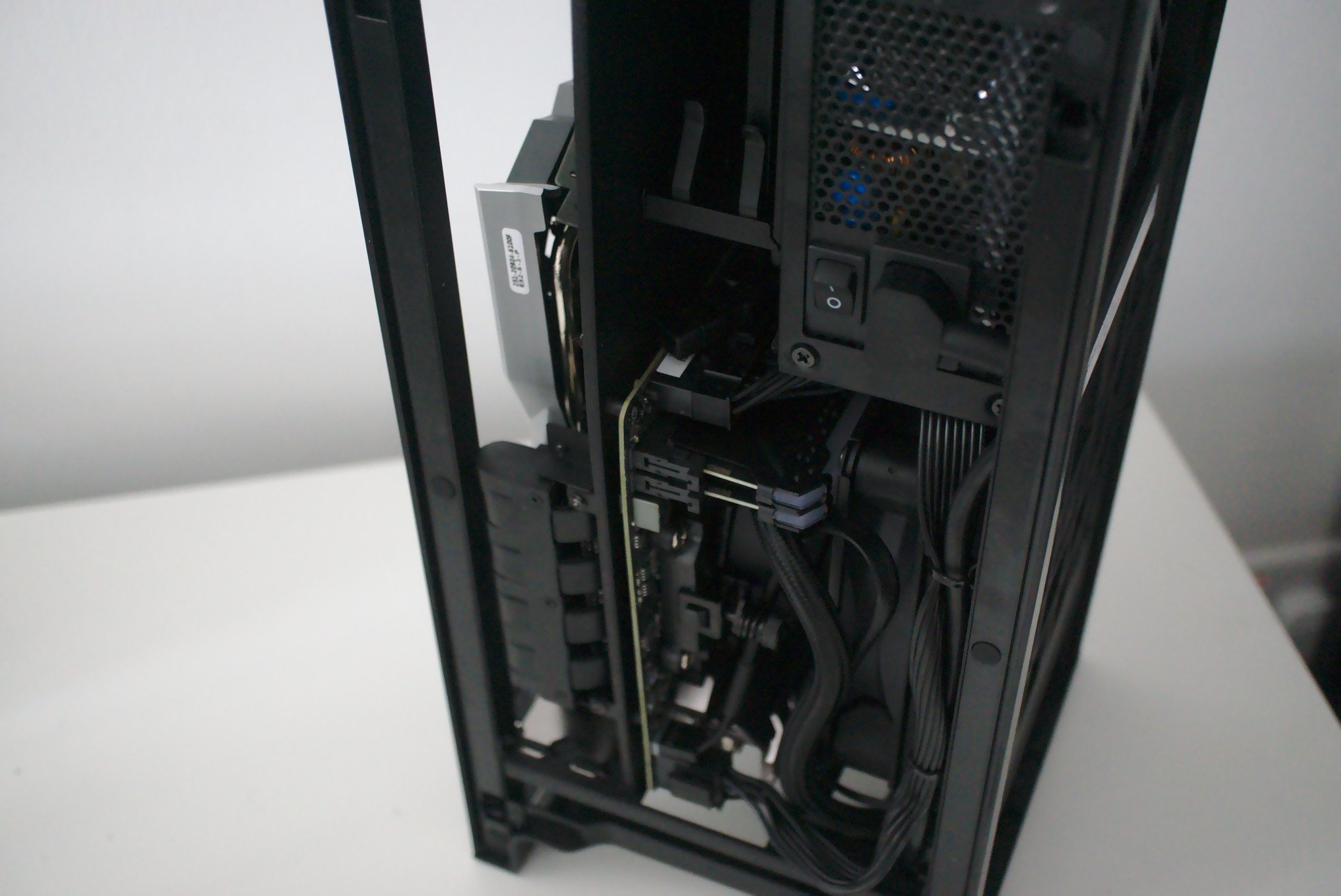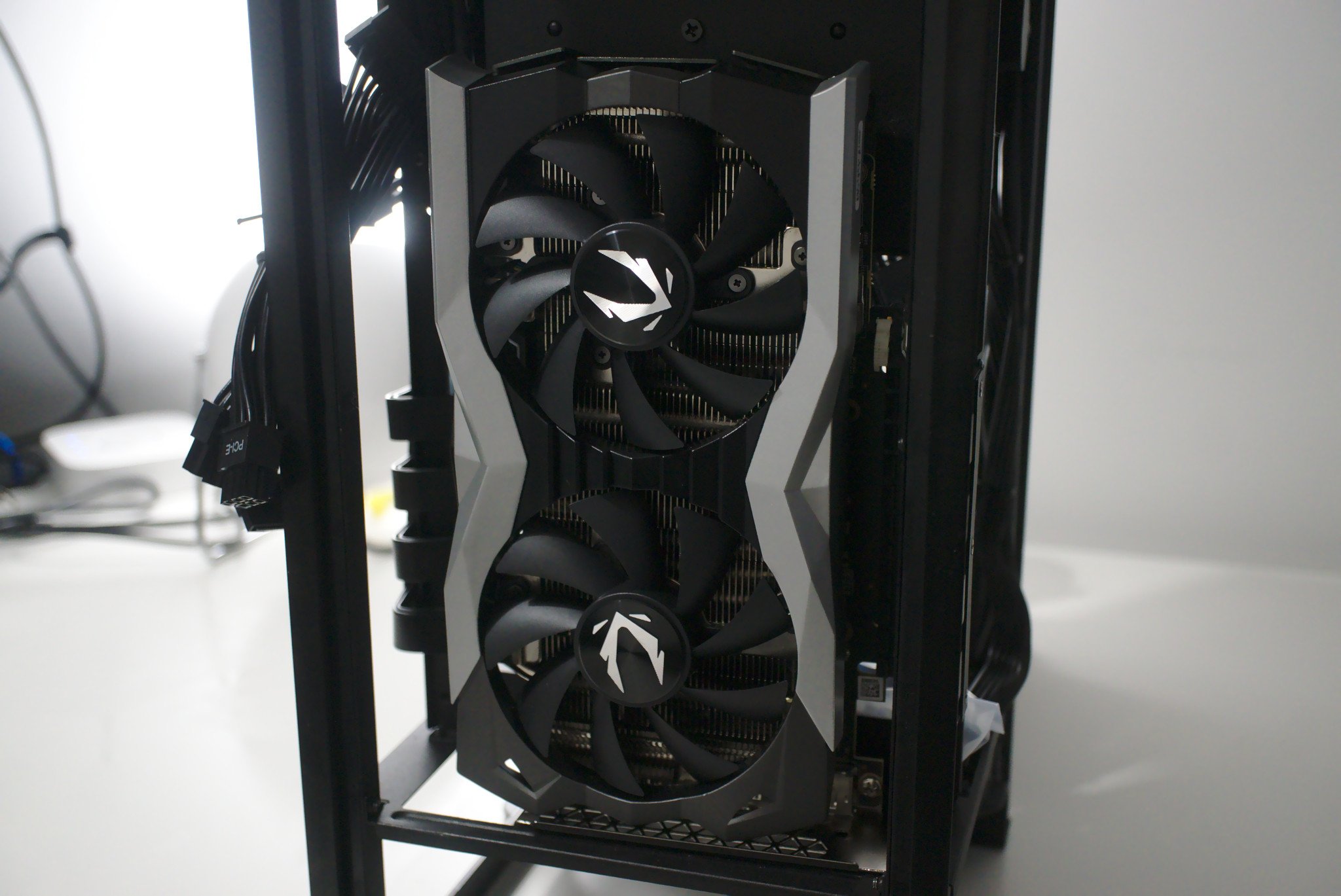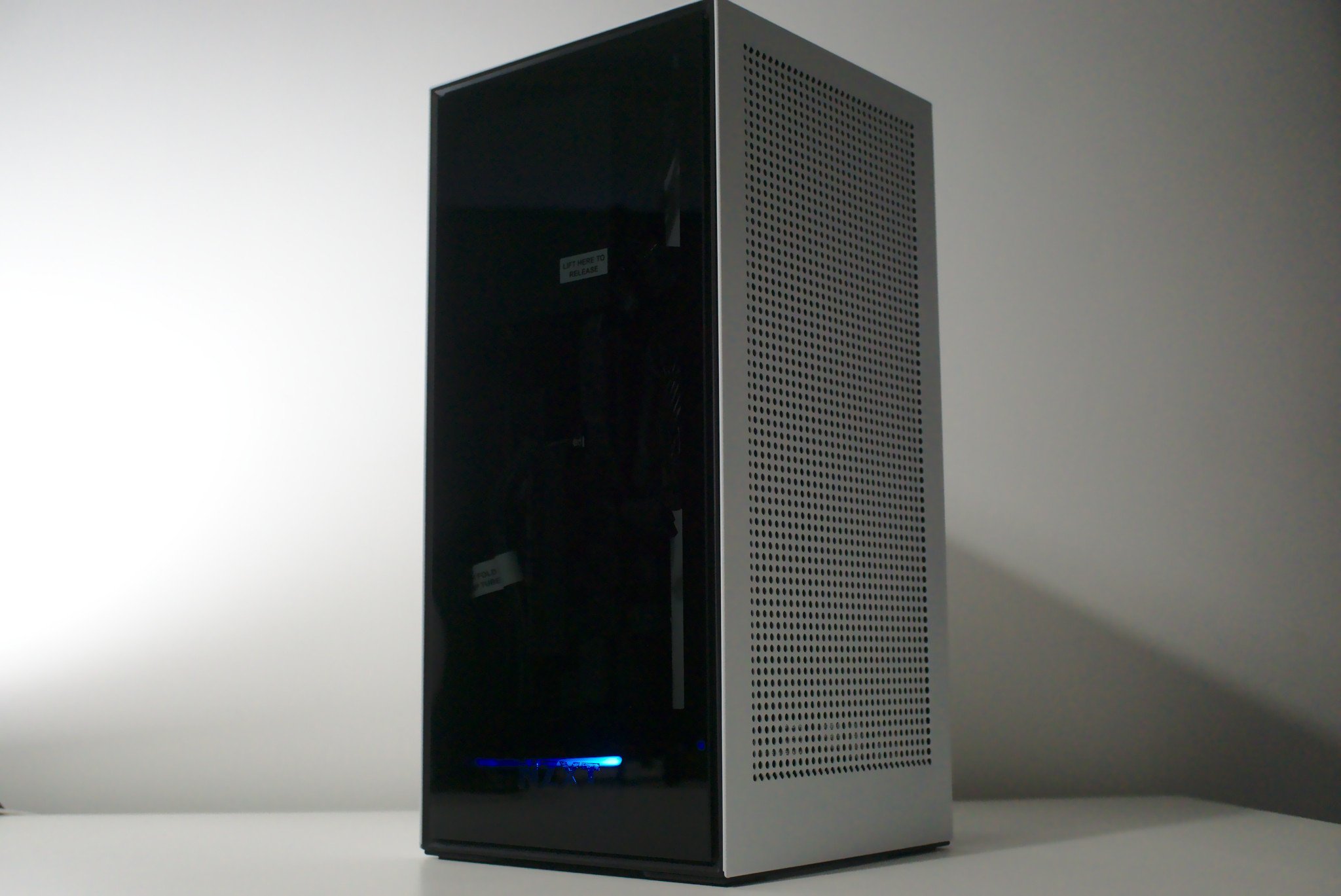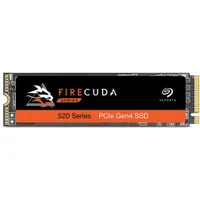We built an AMD Ryzen 9-powered gaming PC with the NZXT H1

The usual method of building a gaming rig includes a mid or full tower case, but it's entirely possible to put together an equally capable machine with a compact ITX case. The H1 from NZXT not only looks the part, but can handle the heat output of a 12-core CPU and power-hungry GPU.



SSD
The Seagate FireCuda 520 is an impressive NVMe SSD, rocking solid speeds, an aggressive price, and a compelling warranty. With transfer speeds of up to 5,000MB/s, it's ideal for an OS and game library drive.
Building a compact gaming PC
Packing all this into such a small chassis is impressive, but so too are the thermal readings and noise. Because the H1 only uses a single 140mm fan for the AIO cooler, you don't hear much when using the PC for various tasks, but gaming can push considerable heat through the chassis.
The AMD Ryzen 9 3900X can handle even more demanding tasks, and the RTX 2060 Super is first-class for 1080p and 1440p gaming. The H1 allows you to configure your desk any way you want and it looks smart enough to be shown off to those who won't believe what's contained inside.
This is one build I wouldn't mind having as a main rig.
All the latest news, reviews, and guides for Windows and Xbox diehards.

Rich Edmonds was formerly a Senior Editor of PC hardware at Windows Central, covering everything related to PC components and NAS. He's been involved in technology for more than a decade and knows a thing or two about the magic inside a PC chassis. You can follow him on Twitter at @RichEdmonds.

